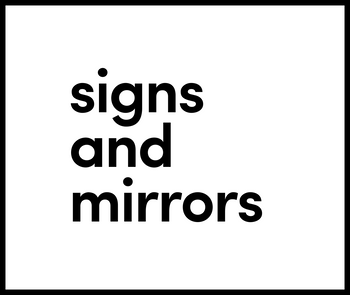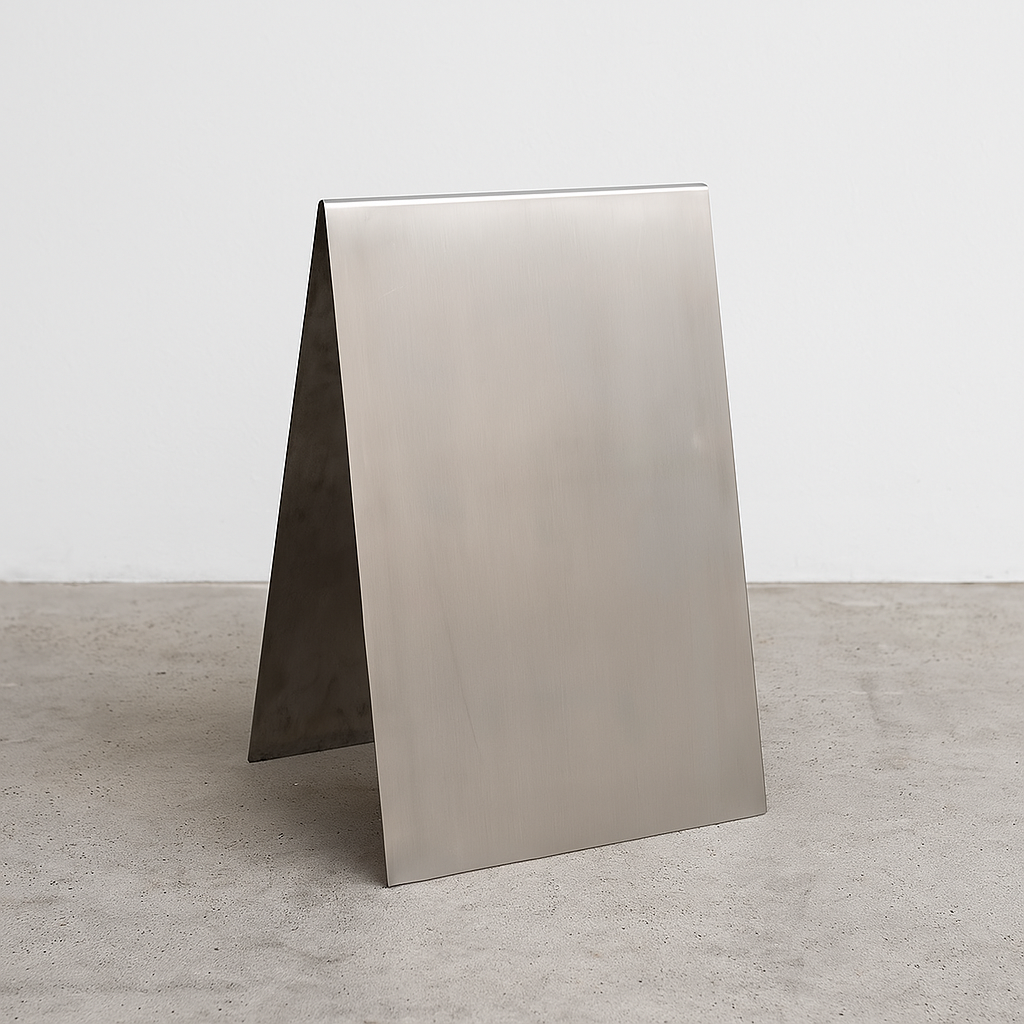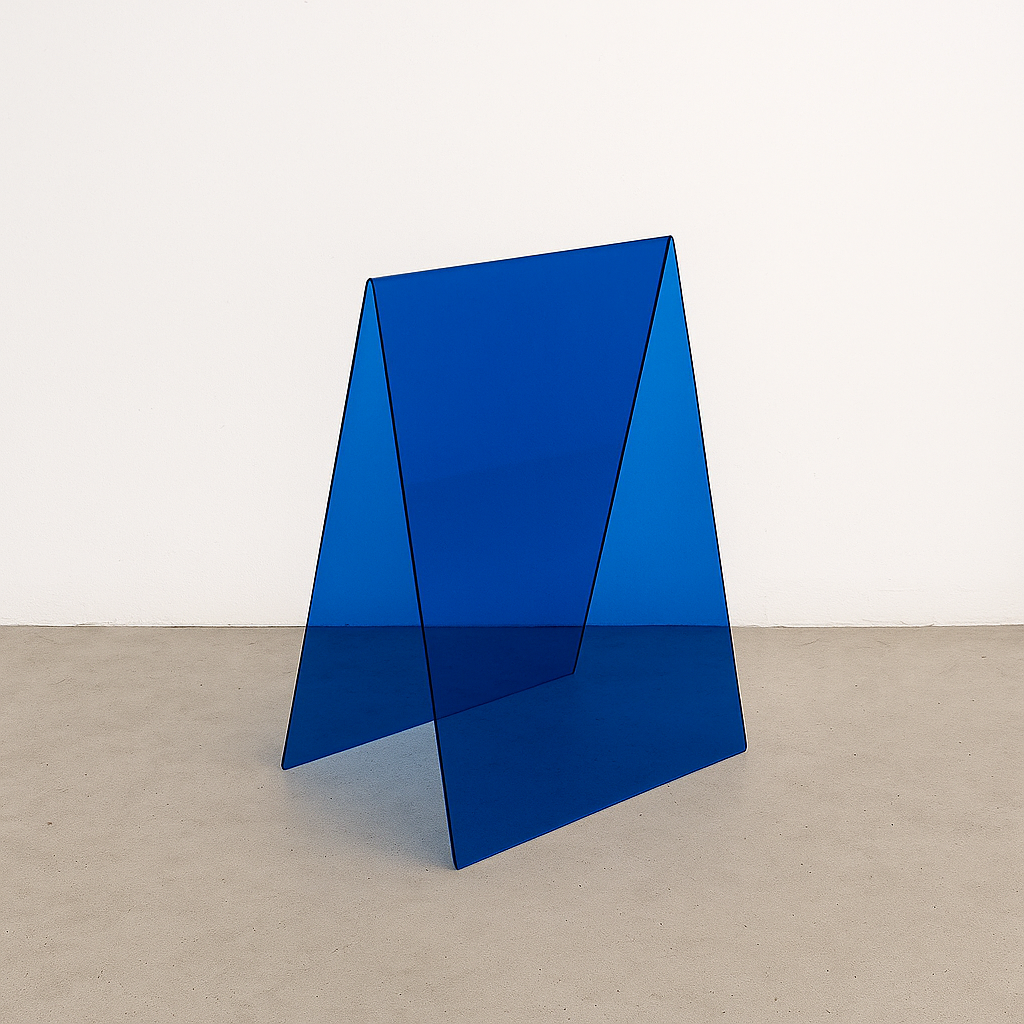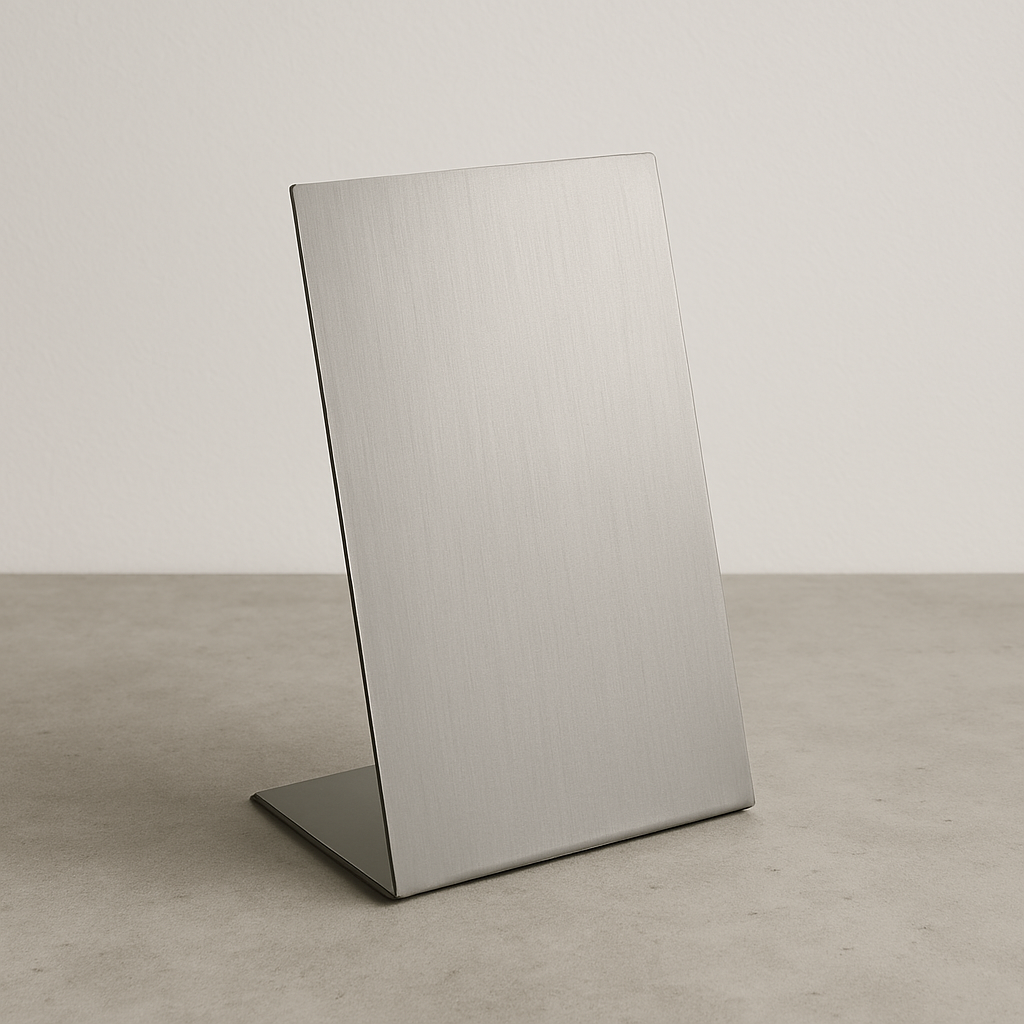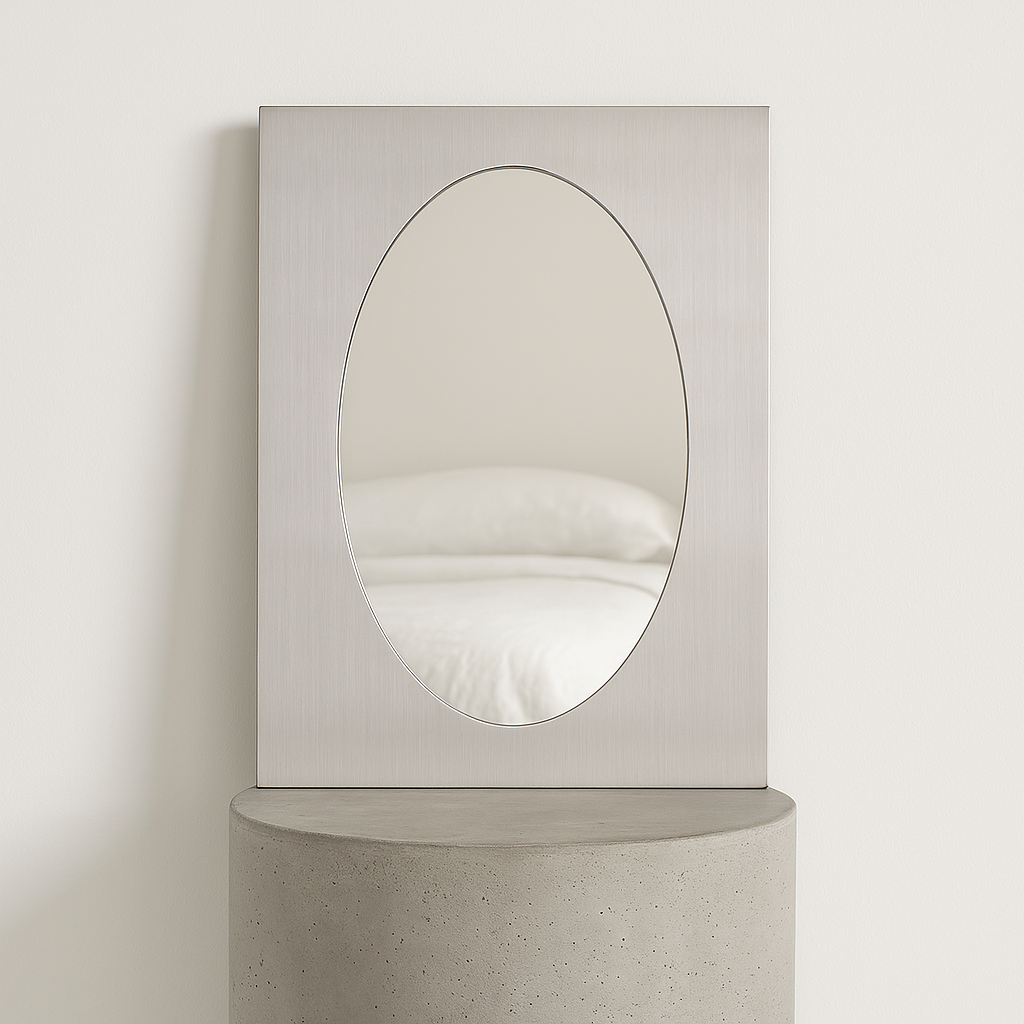Your business sign is often the first thing people notice before they step inside, browse your products, or visit your website. Whether you're opening a new shop or updating your current look, the right signage can make a big difference. It’s not just about looking good; it’s about being seen, remembered, and trusted. In this guide, we’ll walk through how to choose signage that works for your space, your brand, and your budget without all the guesswork.
Why Business Signage Matters
Business signage is one of the most visible and cost-effective tools for reinforcing your brand, attracting new customers, and guiding people through your physical space. Whether placed outdoors to catch the attention of pedestrians and drivers, or indoors to support navigation and atmosphere, a well-designed sign works around the clock to promote your business even when your doors are closed.
For brick-and-mortar locations, signage often acts as the first point of contact between your business and a potential customer. A clear, well-placed sign can communicate professionalism, brand identity, and even suggest the quality of your services or products. On the other hand, poorly maintained or confusing signage can create uncertainty and reduce trust.
Beyond aesthetics, signs also serve practical purposes. They direct foot traffic, identify entrances, display store hours, and advertise sales or promotions. For businesses operating in competitive areas or areas with high pedestrian traffic, signage can be the deciding factor in whether someone walks in or walks past.
In short, effective signage supports both branding and functionality. Choosing the right sign is about more than visibility; it's about creating a consistent and welcoming experience that aligns with your business goals.
Factors to Consider When Choosing a Sign
Selecting the right signage for your business isn’t just a design decision, it's a strategic one. From where the sign will be placed to what material it’s made of, every detail impacts how effectively it communicates your brand and withstands daily use. Below are key factors to evaluate before investing in business signage.
1. Location and Purpose
Start by defining where the sign will go and what role it needs to serve. Outdoor signs should be designed for visibility from a distance and durability in weather, while indoor signs may prioritize aesthetics and brand continuity. Consider whether the sign is meant to attract walk-in traffic, guide customers inside the building, or display ongoing promotions.
Questions to ask:
- Is this sign meant for outdoor or indoor use?
- Will it be freestanding, wall-mounted, or window-mounted?
- Is it informational, directional, or promotional?
2. Visibility and Readability
A sign’s effectiveness depends on how easily it can be seen and read. This includes choosing the right font size, color contrast, and placement height. Signs in busy urban areas or near roadways need high contrast and large text to be noticed quickly.
Tips:
- Use high-contrast color combinations (e.g., black on white, white on dark steel).
- Choose fonts that are clear and legible at a distance.
- Position signs at or slightly above eye level whenever possible.
3. Material Selection
The material you choose influences both the appearance and lifespan of your signage.
Common options include:
- Steel: Durable and weather-resistant; available in matte, brushed, or mirror-polished finishes.
- Acrylic: Lightweight and sleek; ideal for indoor or covered outdoor areas.
- Painted Metal: Customizable in color and finish; suitable for branded visuals.
Choose materials based on where the sign will be placed, your climate conditions, and how often you expect to update or replace the sign.
4. Branding and Aesthetic Alignment
Your signage should align with your brand’s visual identity. This means using consistent colors, typography, and finishes across all your signs. A minimal modern business might choose polished steel with etched lettering, while a more creative brand could opt for bold acrylic shapes in signature colors.
Consistency builds recognition. Make sure every sign indoors and outdoors feels like part of the same brand system.
5. Durability and Maintenance
Signs exposed to sunlight, rain, wind, or high foot traffic need to be built from materials that can resist fading, corrosion, or physical wear. Matte steel and powder-coated finishes offer good long-term performance with minimal upkeep. Acrylic signs, while modern in appearance, may scratch more easily and require gentler cleaning.
Ask your sign provider about the recommended cleaning and maintenance routine based on the material you choose.
6. Local Regulations and Restrictions
Depending on your location, there may be zoning laws, landlord requirements, or historic district guidelines that limit the size, lighting, or placement of your signage. Always check local ordinances before finalizing a design, especially for exterior signs or illuminated displays.
In some areas, permits may be required even for sidewalk signs or window decals.
How to Choose Signage for Your Business: Sidewalk Sign Options
When selecting signage for your business, especially outdoor or pedestrian-facing options, sidewalk signs offer a practical and highly visible solution. These signs are commonly used for daily menus, promotions, directional cues, or branding displays. Choosing the right sidewalk sign depends on several factors: the environment it will be placed in, whether it needs to be moved daily, how well it withstands the weather, and if the style aligns with your brand’s aesthetic. Material, size, finish, and ease of handling are also critical to the decision-making process.
Among the most popular sidewalk signage types are A-frame signs, sandwich boards, and portable stands. Each offers unique benefits depending on your business needs whether you require high-end visual appeal, easy transport, or long-term durability. Below is a breakdown of ten common sidewalk sign models, illustrating the range of design and functionality available when choosing signage for your business.

1. Mirrored Stainless Steel A-Frame Sidewalk Sign
The Mirrored Stainless Steel A-Frame Sidewalk Sign stands out for its highly polished surface that reflects the environment, making it ideal signage for upscale retail and photogenic storefronts. Made from stainless steel, it blends strength with elegance and is suitable for spaces that rely on appearance as much as functionality.
- Material: Stainless Steel
- Finish: Mirror-polished reflective surface
- Sizes Available: Medium (27" × 21"), Slim (27.5" × 15.5")
- Weight: 24.3 lbs
- Best For: Boutiques, salons, studios, premium retail
- Price: $575 USD

2. Stainless Steel A-Frame Sidewalk Sign
The Stainless Steel A-Frame Sidewalk Sign offers a clean, modern aesthetic through its brushed steel surface, without the glossiness of mirrored options. It brings understated sophistication to any setting and fits seamlessly into minimal or industrial-style branding. Built for durability, this sign is a reliable and versatile choice for storefronts, cafés, and professional offices alike.
- Material: 304 Stainless Steel
- Finish: Brushed / natural steel look
- Sizes Available: Medium (18" × 26"), Tall (19.5" × 33")
- Weight: 21-29 lbs
- Best For: Cafés, yoga studios, clinics, office entries
- Price: $500 USD

3. Acrylic A-Frame Sidewalk Sign
The Acrylic A-Frame Sidewalk Sign features a sleek, high-gloss finish that adds a contemporary feel while remaining lightweight and easy to move. It’s ideal for brands that require flexible signage whether indoors or outdoors while maintaining visual clarity and a modern presentation. A practical option for pop-ups, boutiques, and creative spaces.
- Material: Acrylic
- Finish: Glossy (available in Black)
- Size: 26" × 18" face, 13" depth
- Weight: 7.3 lbs
- Best For: Indoor/outdoor pop-up events, boutiques, creative studios
- Price: $300 USD

4. Mirrored Acrylic A-Frame Sandwich Board Sign
The Mirrored Acrylic A-Frame Sandwich Board Sign delivers the appearance of high-shine stainless steel but in a lighter, more manageable form. Made with mirrored acrylic and supported by a wooden core, this signage offers a reflective finish on both sides while remaining easy to transport. It’s an elegant solution for boutiques, fitness studios, and other style-focused businesses that want a polished look.
- Material: Acrylic with mirrored finish
- Finish: Dual-sided mirror acrylic with wooden core
- Size: 30" × 21" face; 33" tall with legs
- Depth: 18"
- Weight: 12.3 lbs
- Best For: Retail shops, fitness studios, stylish cafés
- Price: $550 USD

5. Circular Round Wall Sign (Wall-mounted Option)
The Circular Round Wall Sign adds sculptural elegance to storefront exteriors with its clean, symmetrical form and modern finish options. Whether in brushed stainless steel or powder-coated white or black, the sign makes a bold but minimal statement. While not freestanding, it complements sidewalk signs and provides a refined focal point for wall-mounted branding.
- Material: Stainless steel
- Finish Options: Brushed stainless, matte white, matte black
- Size: 15" diameter, 1.5" thickness
- Weight: 8 lbs
- Best For: Skin clinics, boutiques, modern cafés
- Price: $450 USD

6. Black Stainless Steel A-Frame Sidewalk Sign
The Black Stainless Steel A-Frame Sidewalk Sign combines visual strength with industrial durability through its jet-black powder-coated finish. It’s engineered for long-term outdoor use while offering a clean, modern silhouette. Perfect for businesses seeking bold, high-contrast branding with a touch of edge especially in high-traffic or urban environments.
- Material: Stainless steel
- Finish: Jet black powder coat (20-year rated)
- Sizes Available: Medium (18" × 26"), Tall (19.5" × 33")
- Weight: 21-29 lbs
- Best For: Restaurants, salons, upscale retail, studios
- Price: $450 USD

7. Cream Stainless Steel A-Frame Sidewalk Sign
The Cream Stainless Steel A-Frame Sidewalk Sign softens the sturdy construction of steel with a calm, neutral tone. Its powder-coated finish gives off a warm, approachable feel that suits brands focused on wellness, design, or clean aesthetics. It’s an ideal match for calming, minimalist storefronts that still demand visual presence.
- Material: Stainless steel
- Finish: Cream powder coat (20-year rated)
- Sizes Available: Medium (18" × 26"), Tall (19.5" × 33")
- Weight: 21-29 lbs
- Best For: Wellness clinics, boutiques, spas, cafés
- Price: $450 USD

8. White Stainless Steel A-Frame Sidewalk Sign
The White Stainless Steel A-Frame Sidewalk Sign delivers a bright, polished look while maintaining the strength and longevity of metal construction. Its clean white powder-coated surface makes it especially effective for high-contrast logos and elegant branding. Versatile and season-neutral, this model suits a variety of industries looking to present a refined and welcoming storefront.
- Material: Stainless steel
- Finish: White powder coat (20-year rated)
- Sizes Available: Medium (18" × 26"), Tall (19.5" × 33")
- Weight: 21-29 lbs
- Best For: Skincare clinics, bridal shops, home decor stores
- Price: $450 USD

9. Flat-Top Stainless Steel A-Frame Sidewalk Sign
The Flat-Top Stainless Steel A-Frame Sidewalk Sign reimagines the traditional A-frame silhouette with a more geometric, squared-off top edge. This slight design twist adds architectural character and gives the sign a distinctly editorial feel. Available in white or black powder coat, it's a strong match for studios, showrooms, and any brand that leans into minimalism with a design-conscious edge.
- Material: Stainless steel
- Finish: Powder-coated (White or Black)
- Size: 26" × 18" face
- Depth: 13"
- Weight: 20 lbs
- Best For: Studios, lifestyle brands, fashion showrooms
- Price: $500 USD

10. Custom Sign (By Request)
The Custom Sign option is ideal for businesses that need a fully tailored solution. Whether you’re envisioning a unique form factor, brand-matched color palette, or custom materials like mirrored acrylic or brushed metal, the Signs & Mirrors team will work with you to develop a concept that fits your exact vision. From initial sketches to final production, it’s a flexible route for brands with specialized signage needs.
- Material: Custom (e.g. acrylic, stainless steel, mirror, painted finishes)
- Size & Shape: Fully customizable
- Finish: Options include polished, brushed, powder-coated, mirror, and more
- Process: Submit your idea and get a mockup before production
- Best For: Flagship stores, rebrands, one-of-a-kind displays
- Deposit: $100 USD
Order Your Sidewalk Sign
All of the sidewalk sign models listed above are available from Signs and Mirrors, a New York-based studio specializing in modern business signage. We produce small-batch signs using stainless steel, acrylic, and powder-coated finishes designed to be durable, visually clear, and easy to integrate into real environments.
The collection includes standard A-frame signs in mirror-polished or brushed steel, neutral powder coats, and mirrored acrylic. Custom orders are also available with flexible options in size, material, and finish. To see examples in use, visit our Instagram.
Material Breakdown: Pros and Cons
Selecting the right material for your sidewalk sign is one of the most important decisions in the signage process. Each option offers a different look, feel, and level of durability and the best choice depends on your environment, brand aesthetic, and budget. Below is a detailed breakdown of the most commonly used materials in sidewalk signage.
1. Stainless Steel
A strong and weather-resistant material known for its industrial durability and upscale appearance. Ideal for brands that want a long-term stainless steel signage solution with a modern or premium edge.
Pros:
- Highly durable and weather-resistant
- Sleek, modern appearance with a professional feel
- Available in brushed, polished, or powder-coated finishes
- Long service life with minimal maintenance
Cons:
- Heavier than acrylic or plastic
- Mirror finish may show fingerprints or glare
- Higher upfront cost compared to lighter materials
2. Acrylic
A lightweight, glossy plastic alternative that delivers a modern look and is easy to handle. Best suited for indoor acrylic signage or sheltered outdoor areas.
Pros:
- Lightweight and portable
- Smooth, high-gloss finish
- Easy to clean and reposition
- Budget-friendly for short-term or flexible use
Cons:
- Scratches more easily than metal
- Can crack on impact or in extreme temperatures
- Less wind-resistant outdoors without support
3. Mirrored
Offers the reflective appearance of stainless steel at a fraction of the weight. A stylish option for indoor mirrored signage or lightly protected outdoor setups.
Pros:
- Reflective and visually striking
- Lightweight yet rigid, easier to carry than steel
- Looks high-end without the metal weight
- Great for pop-ups, events, and creative retail signage
Cons:
- More fragile than stainless steel
- Surface can distort slightly in strong light
- Susceptible to scratches and bending under stress
4. Custom Materials (By Request)
Tailor-made options that combine different materials or introduce unique finishes, shapes, or mounting styles. Ideal for businesses with distinct branding needs or non-standard signage formats.
Pros:
- Fully customizable to match your exact branding
- Opens the door to creative shapes, layers, or color combos
- Great for flagship stores or concept installations
Cons:
- Typically requires longer production timelines
- May involve higher costs depending on specs
- Some materials may have unique maintenance requirements
Tips for Placement and Design
A sign won’t do much if it’s not placed where people can see it. Position your sidewalk sign near high foot traffic and clear lines of sight like along walkways, near crosswalks, or close to parking areas. Avoid blocking pedestrian paths or placing it behind objects like benches, landscaping, or parked cars. If your area gets wind or has uneven ground, use a heavier sign or add weight to keep it stable.
Design should be simple and readable. Use large, clean fonts, limit the amount of text, and make sure there’s enough contrast between the background and lettering. Matte or brushed finishes help reduce glare outdoors, while mirrored or glossy options work better in shaded or indoor settings. The design should match your existing branding, same fonts, colors, and logo style so everything feels consistent.
Your sidewalk sign isn’t just for information, it's part of how your storefront looks. When placed and designed properly, it reinforces your brand and helps bring people through the door.
Conclusion
Choosing the right signage comes down to a few essential factors: where the sign will be used, what message it needs to deliver, and how it fits your brand. Materials, visibility, durability, and placement all matter.
There’s no one-size-fits-all solution: a sidewalk sign for a boutique will look different from a sign outside a fitness studio or a cafe. Focus on clarity, match the style to your space, and pick a material that works for your environment. Done right, signage becomes part of how customers recognize and remember your business.
FAQ
What type of sign is best for a small storefront?
A-frame sidewalk signs are effective for small storefronts, especially in high foot-traffic areas. They’re easy to move and can be used to display daily promotions or brand messaging.
Is metal or acrylic better for outdoor use?
Metal (especially powder-coated stainless steel) is more durable and better suited for long-term outdoor exposure. Acrylic is lighter and works well in sheltered areas but may scratch or crack in harsher conditions.
How big should my sign be?
The size depends on how far away you want it to be visible. For sidewalk use, medium to tall signs (roughly 18" × 26" to 24" × 36") are common. Just make sure the text is readable from a distance.
Does sign color matter?
Yes. High-contrast color combinations (e.g., white on black or black on cream) improve readability. The color should also match your branding to maintain consistency.
Do I need a permit for signage?
It depends on local regulations. Some cities or commercial leases require permits for exterior signage. Always check with local authorities or your landlord before installation.
Can I customize the sign to match my brand?
Yes. Many signage providers offer custom options for size, color, logo application, and material. If your brand has specific visual requirements, custom signage is the best approach.
